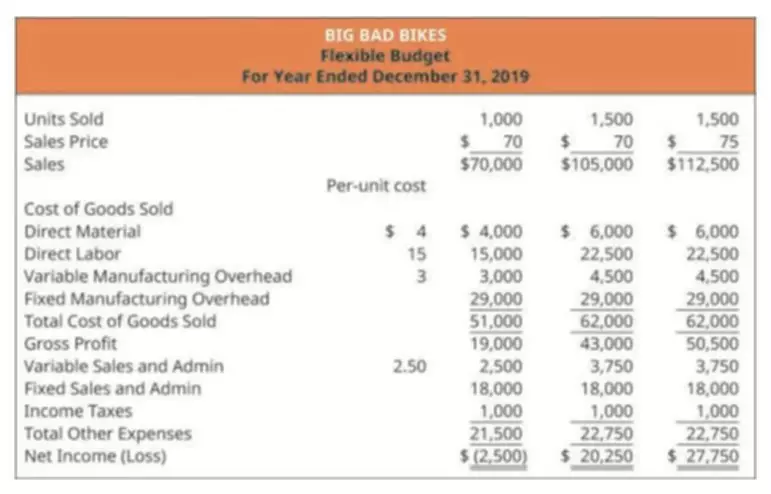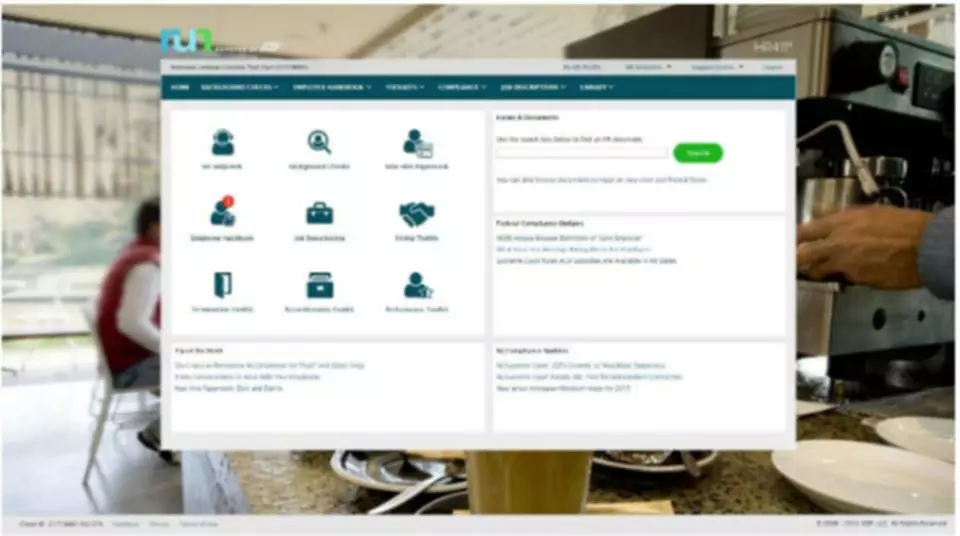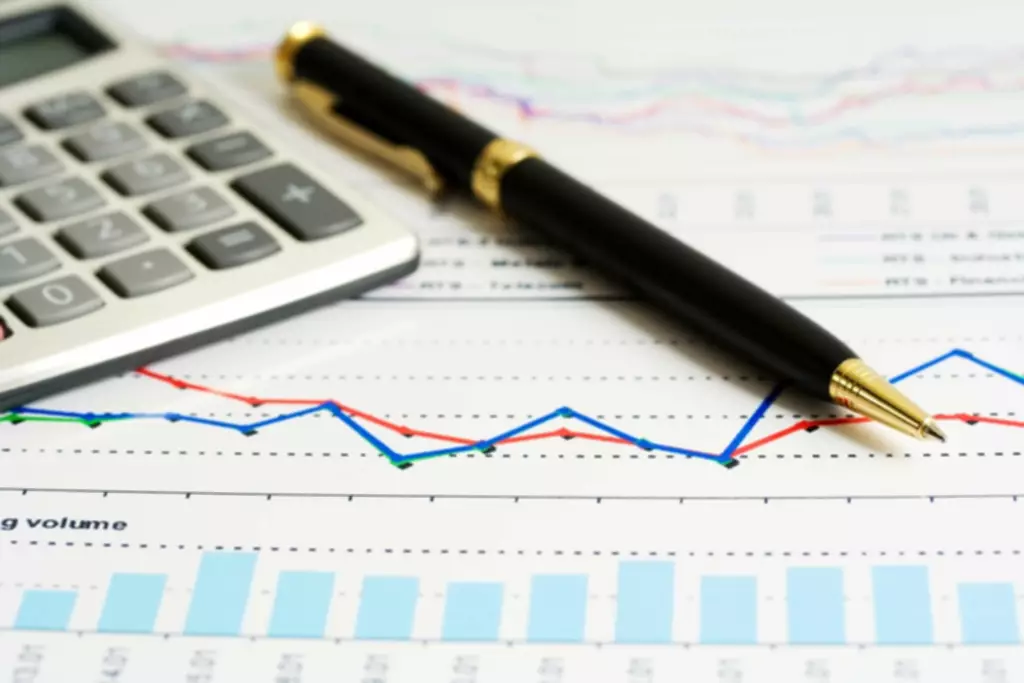Order of Liquidity Crash Course in Accounting and Financial Statement Analysis, Second Edition Book
Posted by: Miriam Albasini | Posted on: septiembre 15, 2021Content

In order for an asset to be liquid, it must have a market with multiple possible buyers and be able to transfer ownership quickly. Equities are some of the most liquid assets because they usually meet both these qualifications. But not all equities trade at the same rates or attract the same amount of interest from traders. A higher daily volume of trading indicates more buyers and a more liquid stock. Consider a diversity of investments to make capital available when needed. Liquidity is a measure of a company’s ability to pay off its short-term liabilities—those that will come due in less than a year. It’s usually shown as a ratio or a percentage of what the company owes against what it owns.

Still, these are current assets because services against payment processes are yet to be utilized. Liquidity refers to the level of liquid assets a business has in order to meet financial obligations. If you have any other current assets that can easily be converted into cash within a year that do not fit into any of the above categories, list them here. Marketable securities are investments that can be readily converted into cash and traded on public exchanges. This applies to cryptocurrency, for example, and other more standard marketable securities and short-term investments that are easy to sell. While cash is the most obvious current asset, it’s not the only one. Here are the seven main types of current assets, listed in https://www.bookstime.com/ .
Order of Permanence
A liquid asset is cash on hand or an asset other than cash that can be quickly converted into cash at a reasonable price. In other words, a liquid asset can be quickly sold order of liquidity on the market without a significant loss of its value. Investments are cash funds or securities that you hold for a designated purpose for an indefinite period of time.
- Think about ways to cut costs, such as paying invoices on time to avoid late fees, holding off on making capital expenditures and working with suppliers to find the most cost-efficient payment terms.
- A company or individual could run into liquidity issues if the assets cannot be readily converted to cash.
- Additionally, you can analyze historical trends in your assets and liabilities to ensure your business is running properly, or to identify problem areas quickly.
- Companies want to have liquid assets if they value short-term flexibility.
- Conversion to cash depends entirely on the presence of an active after-market for these items.
In practice, the most widely used title is Balance Sheet; however Statement of Financial Position is also acceptable. Naturally, when the presentation includes more than one time period the title «Balance Sheets» should be used. FREE INVESTMENT BANKING COURSELearn the foundation of Investment banking, financial modeling, valuations and more. Bank – The balance available is also the liquidated assets without further conversion. Intangible assets – Nonphysical assets such as patents, copyrights, licenses, and franchise agreements. Prepaid expenses – Valuables you’ve already paid for such as insurance or rent. Customers Trusted from startup to enterprise, from tech to complex farming operations.
Crash Course in Accounting and Financial Statement Analysis, Second Edition by Matan Feldman, Arkady Libman
The current ratio is used to provide a company’s ability to pay back its liabilities with its assets . Of course, industry standards vary, but a company should ideally have a ratio greater than 1, meaning they have more current assets to current liabilities. However, it’s important to compare ratios to similar companies within the same industry for an accurate comparison. That presents the company’s assets, liabilities, and owners’ equity at a particular point in time, thereby providing insights into an entity’s financial position.
- Measuring liquidity can give you information for how your company is performing financially right now, as well as inform future financial planning.
- These measures can give you a glimpse into the financial health of the business.
- Balance sheets are a tool that help investors, lenders, stakeholders, and external regulators gauge the financial position of a business, what resources are currently available, and how they were financed.
- Bank – The balance available is also the liquidated assets without further conversion.
- The other assets are only held because they provide useful services and are excluded from the current asset classification.
You should make these investments in securities that can be converted into cash easily; usually short-term government obligations. IlliquidIlliquid refers to an asset that cannot be converted to cash. Such assets suffer a valuation loss when sold in exchange for cash.
Build your dream business for $1/month
Even when your business is on track to succeed in the long-term, current assets can be helpful if you need extra money to cover short-term expenses. These ratios are also a way to benchmark against other companies in your industry and set goals to maintain or reach financial objectives. This shows the company’s capacity to pay off short-term debt with cash and cash equivalents, the most liquid assets. These expenses are payments made for services that will be received in the near future. Strictly speaking, your prepaid expenses will not be converted to current assets in order to avoid penalizing companies that choose to pay current operating costs in advance rather than to hold cash. Balance SheetA balance sheet is one of the financial statements of a company that presents the shareholders’ equity, liabilities, and assets of the company at a specific point in time. It is based on the accounting equation that states that the sum of the total liabilities and the owner’s capital equals the total assets of the company.

Current assets include cash and other assets that in the normal course of events are converted into cash within the operating cycle. For example, a manufacturing enterprise will use cash to acquire inventories of materials. These inventories of materials are converted into finished products and then sold to customers. Materials are not purchased for conversion into finished products. Instead, the finished products are purchased and are sold directly to the customers.
Investments include stocks or the bonds you may hold for another company, real estate or mortgages that you are holding for income-producing purposes. Your investments also include money that you may be holding for a pension fund.













Comments are Closed